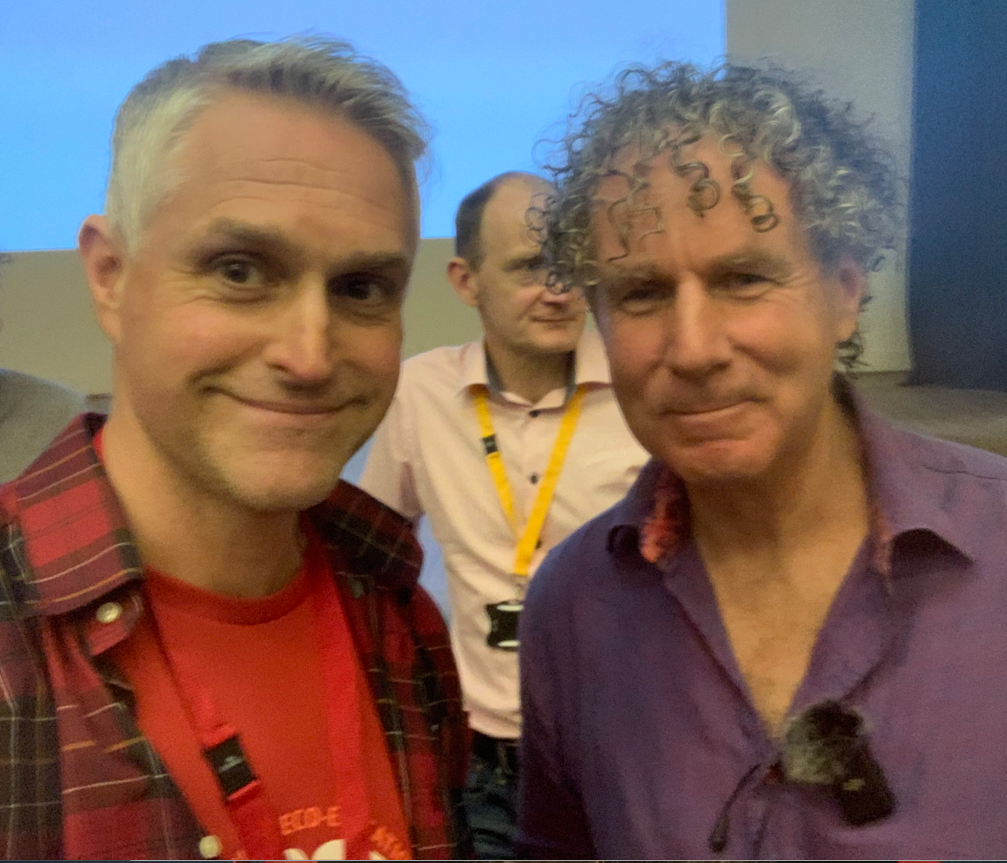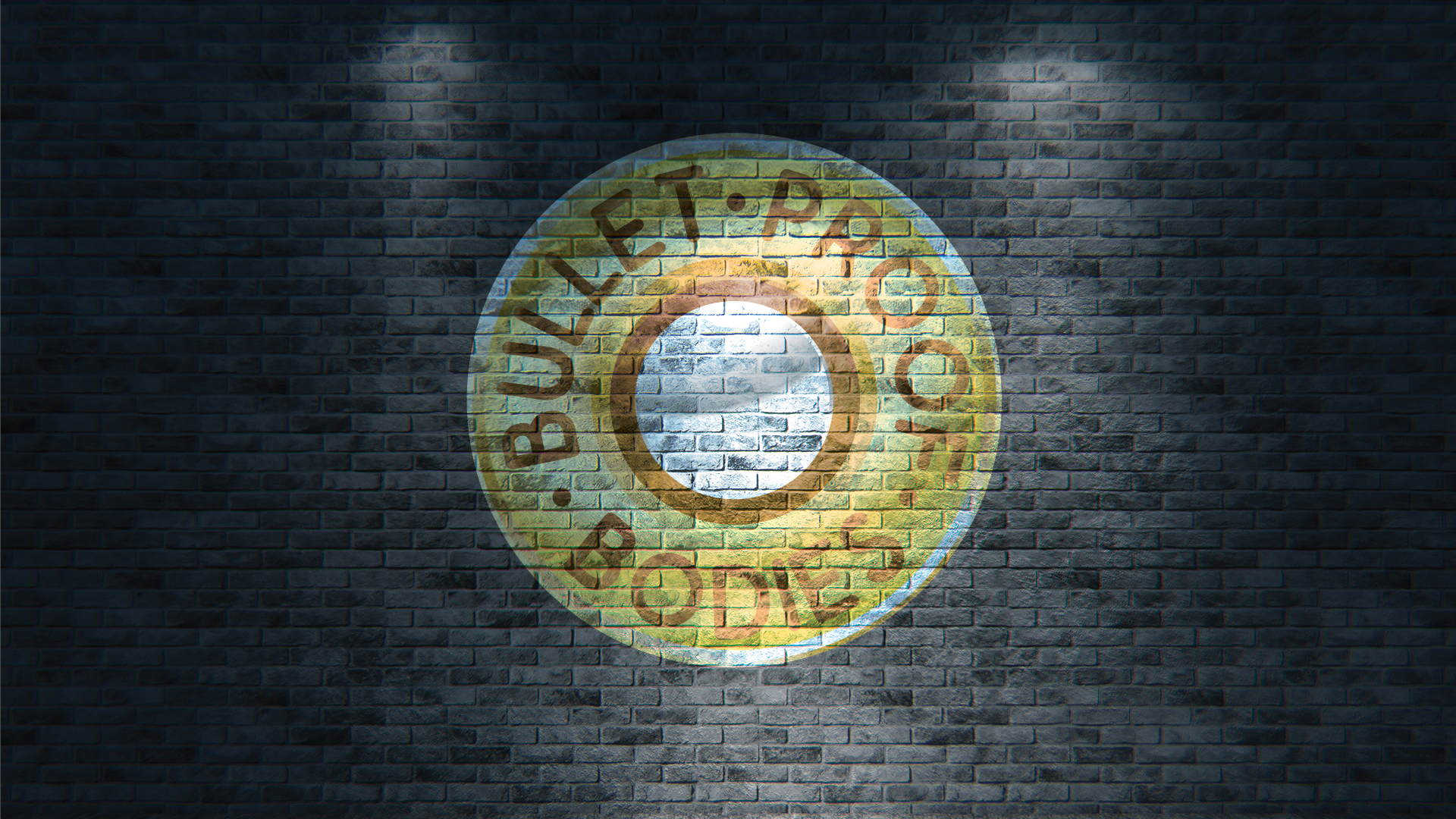reframing back pain
EDUCATE – EMPOWER – ENABLE

Bulletproofbodies meets Prof Peter O’Sullivan.
It is always good to meet your heroes. Especially when they surpass your expectations.
Normally when I attend a three-day course I don’t expect to learn that much, all I need is a few golden nuggets of information and I’m happy.
However, this course was sensational, with a reframing of the Bio-Psycho-Social Model for Back Pain.
Prof Pete is at the forefront of a new approach called Cognitive Functional Therapy (CFT)
Cognitive Functional Therapy (CFT) was developed as an approach to address and manage disabling Low Back Pain (LBP).
It can be used for many different types of back pain. It can also be translated to other disorders as well. The underlying motive for this approach is to analyse the behavioural psychology and beliefs seen within patterns of movement. Within these patterns, the Physiotherapist would identify modifiable and unmodifiable factors associated with an individual’s LBP .
This gives therapists and clinicians the chance to explore the various factors and facets of one’s LBP, considering the views of the individual. The goal of employing the CFT is to assist individuals and patients in understanding their pain within their viewpoint, and determining strategies for them to manage their pain within their goals of activities, participation, and lifestyle.
These are the three main components of the CFT framework (there was previously a fourth component):
- Component 1, “Making sense of the pain“, was previously called ‘Cognitive training’, helping the patient change their mindset about their pain.
- Component 2, “functional movement training,” and,
- Component 3, “functional integration,” are together called “exposure with control,” helping the patient understand the movement pattern changes that will help with correcting their pain.
- Component 4, “Lifestyle Changes“, as seen above, was previously called “physical activity and lifestyle training”.


